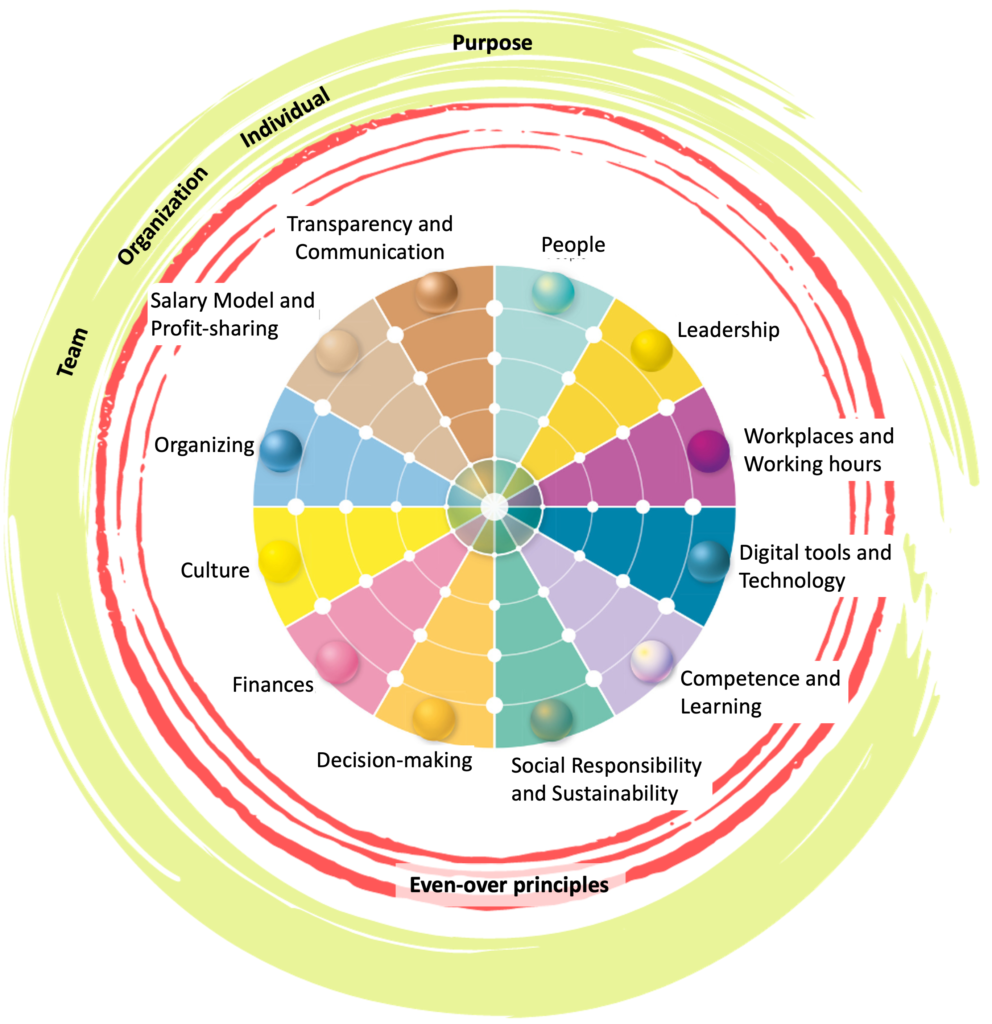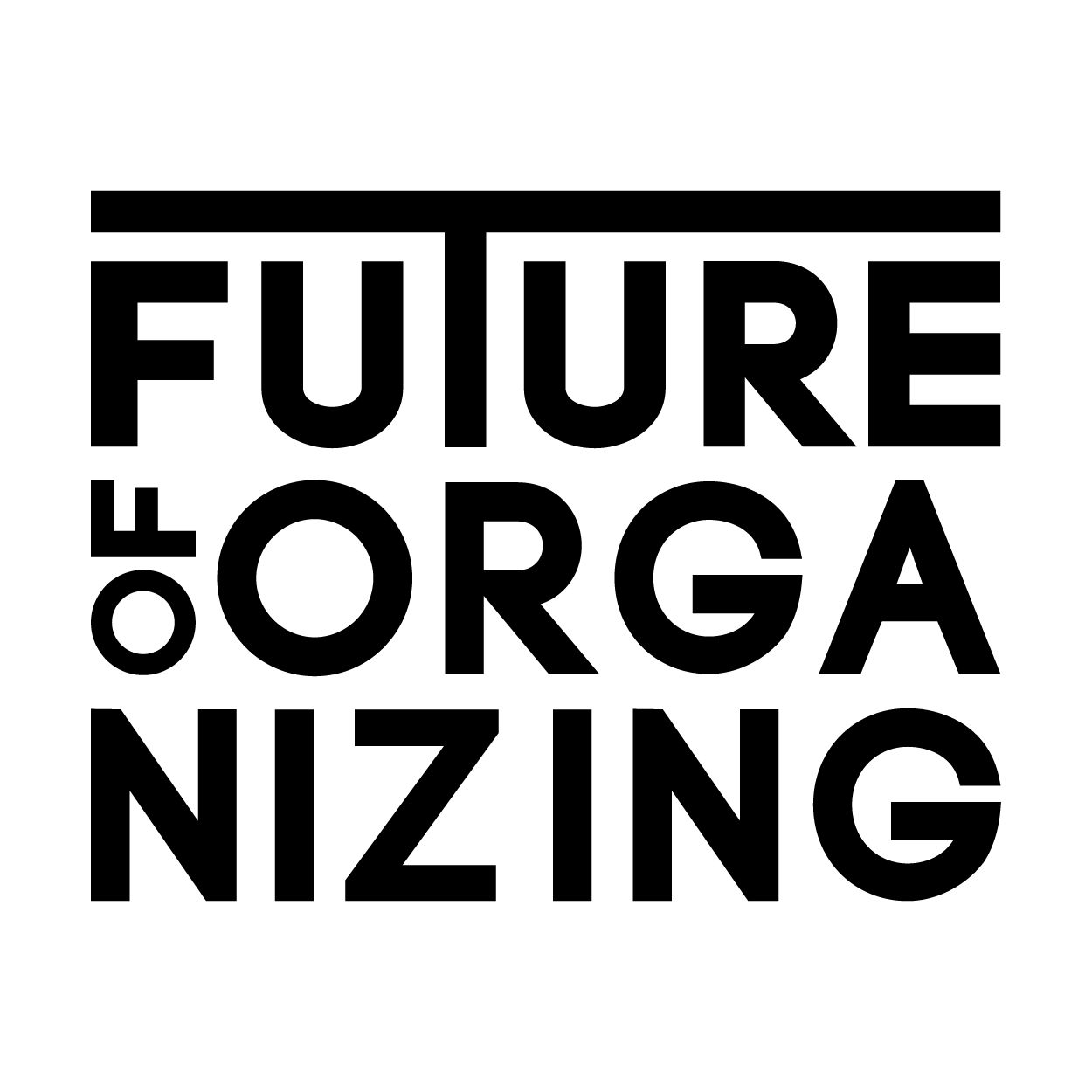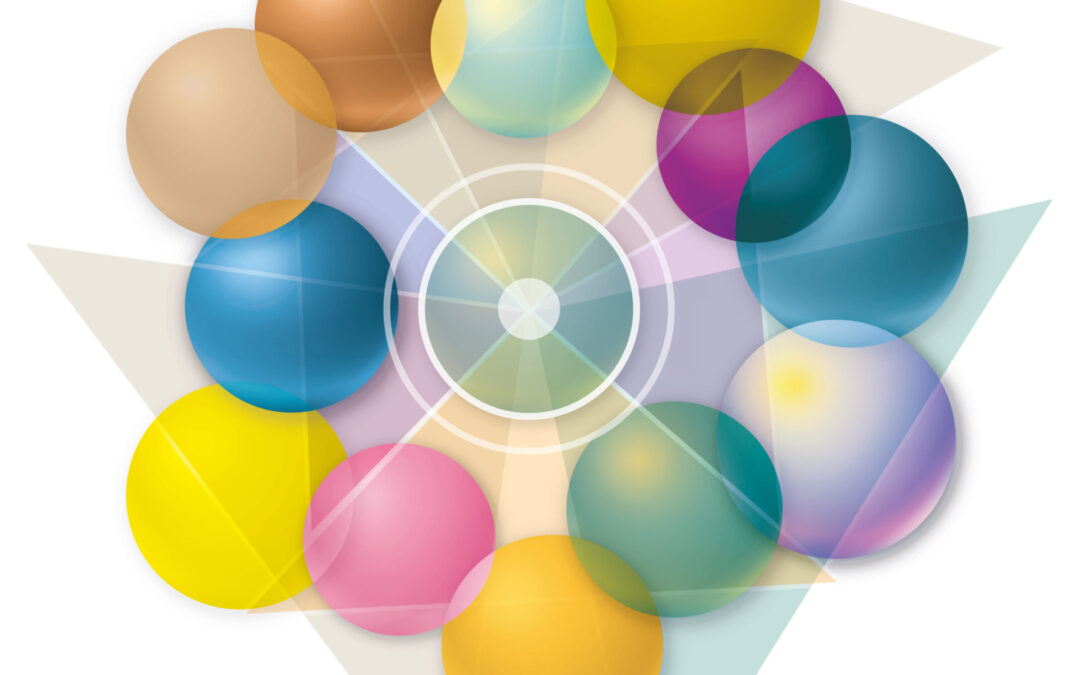How the journey started
Sweden was or has been a pioneer regarding progressive ways to organize, lead, and collaborate. Looking at how organizations and corporations were working we saw that the Scandinavian management school, that inspired people around the globe, was diluted and organizations suffered from a major stagnation in these areas. In order to find an explanation and a way out from this stagnation we conducted academic research between January 2018 until December 2020 where we studied more than one hundred organizations from Sweden and several other countries, interviewed about 300 people, and talked to several of the world’s leading experts and researchers in the field.
We found that the common denominator in organizations where people show a higher level of engagement and commitment was the distribution of power. Meaning the power not being accumulated in the nodes of the hierarchies and/or by a few people.
What was very clear during the study was that the old command and control paradigm, that has governed during the last hundred years, no longer works. It creates alienation, disengagement, stress, conflicts, unproductivity, and willingness to change jobs, and it is not sustainable. It is also clear that many organizations want to change this way of organizing and work but do not know how to start.
This need was a trigger for us to make a contribution which reaches beyond research findings.
Our contribution: The Distributed Power Model as a framework for self-organizing
We have been looking for concrete realities to then compile into something new, something that can fit our evolving world. The result is a framework that we called call the DP model (Distributed Power) that consists of twelve different areas that need to be considered in every organization that want to be part of the future. There is an interdependence and a connection between the twelve different areas since the model is systemic.
Those areas are:
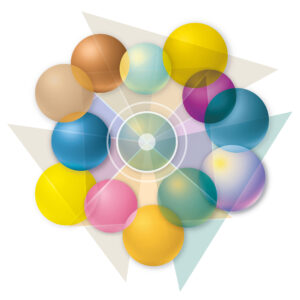 People
People- Culture
- Organizing
- Leadership
- Decision-making
- Transparency and communication
- Salary model and profit sharing
- Digitization and technology
- Competence and learning
- Workplace and working hours
- Social responsibility and sustainability
- Finances
The DP Model is represented by an image consisting of twelve mobile spheres, symbolizing the different areas that constitute the model. Just like a kaleidoscope that rotates and creates exciting new patterns, new conditions are created at a given time depending on the needs and focus of the organization/team.
Each organization will have its own pattern, it is not possible to copy what other organizations are doing. It’s only possible to be inspired by others and then find a way that suits the own organization.
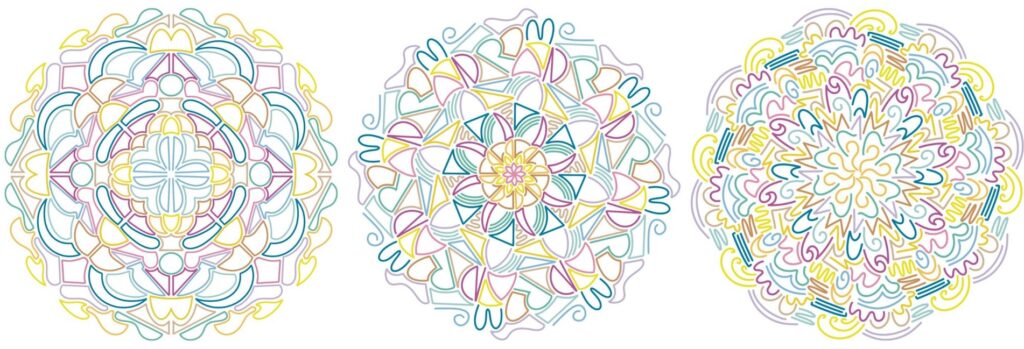
The entire model and the result of the research study is made accessible to all in a digestive way in the book Teal Trust Transparency – A guide for self-organizing and new ways to organize and lead. The book can be seen as a continuation of Frederic Laloux’s book Reinventing Organizations and as a practical guide.
Laloux describes the book as:
“Wonderfully rich and researched book that will help leaders take concrete steps to reinvent their organizations.”
Our aim with the book was to give new perspectives, real-life examples, tools, and a framework for people to review their current organization, outline their own journey towards the future of organizing and leadership, and follow up on the progress. One of the focuses was, as Laloux says in his review, to be concrete, to provide the readers with a guide to start or to take the next step on the journey towards self-organizing.
During our research study and our consultancy work in different organization we also saw that the good intentions sometimes turned to sand because the attempts to implement self-organizing created chaos.
How to avoid chaos and anarchy
Self-organizing is about letting people to organize the work and to have the autonomy to perform it in the way that they consider most appropriate. Autonomy needs to have a frame because people with the freedom to make decisions and take actions need to know the limit of those. The frame is created by principles that together with a higher purpose are the guiding star for organizations, teams, and individuals.
To have a higher purpose means having a purpose that goes beyond making profit, growth, or aiming for a high ranking.
To illustrate what we mean with a frame and how it works in reality we will use IKEA as an example, taking into consideration that IKEA is not self-organized but have lot of the self-organizing basics in place.
IKEAs higher purpose has been from the very beginning: To create a better everyday life for the many people. This purpose means, among many things, that the furniture and home furnishing must be functional and provide solutions for many people, and it also means that the design need to be inclusive in both in form and function as well as affordable and varied.
Among the set of principles that IKEA has are customer in focus, cost-consciousness, dare to make mistake, try new things, care for each other, and collaborate.
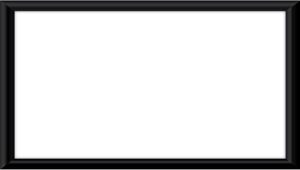
The leaders and teams all over the organization make autonomous decisions being guided by those principles and higher purpose. It is not only about creating cheap things because they must also think about the customer, which is one of the principles, and at the same time consider how the things are making the people’s life better, which is the higher purpose. It is not just about maintaining the Status Q because there is a principle that says that they need to try new things and not to be afraid of failing. And so on…
The impact of applying the research results: Releasing the unrealized potential of organizations
We have been helping organizations to release their unrealized potential using the Distributed Power model as a framework. We have also seen the boost that organizations that use the model as a guide, get. Haven seen the positive results, that start just a few weeks after beginning the journey, we dare to say that the Distributed Power framework is one of the most powerful tools that leaders and organizations can use to make self-organizing and Teal a reality.
The strength lies in the fact that the DP model embraces several models, tools, approaches, and theories that have been compiled and thus creates a systemic model that also includes the impact on society and the planet.
Among the models that we integrate and have as a base are Sociocracy, S3, Holacracy, Teal, the Basque method, and Agile methods.
Our view is that Sociocracy is a governance system that supports dynamic decision-making and organizing of work but does not support for example competence, finances, and salaries. The same can be said about Sociocracy 3.0 (S3) even if the framework is more detailed, integrates concepts and methods, and includes support about how to collaborate with stakeholders. Holacracy has many similarities with Sociocracy but is focusing on how to organize work instead of being people-centric.
Teal as described in Reinventing Organizations is a philosophy that gives a lot but does not cover all the aspects or provide a more concrete guiding.
On the other hand The Basque method created by K2K and used by Grupo NER is a very hands-on approach to self-organizing but has a traditional view on the work being performed only at the workplace and also within given working hours.
Agile methodologies provide guiding to create highly autonomous teamwork but does not provide support for decision-making, finances, or several other aspects.
The Distributed Power model has all the juicy ingredients of all those great models, system, and theories above.
Stop Reinventing the wheel!
Organizations need to take the step forward now and the Distributed Power model is the guide to make it possible.